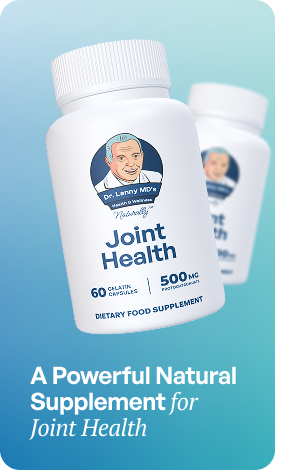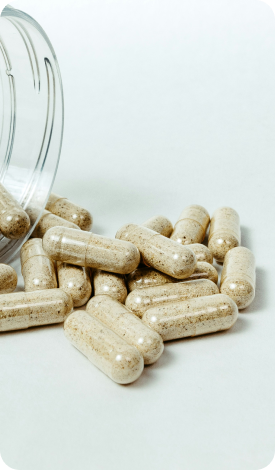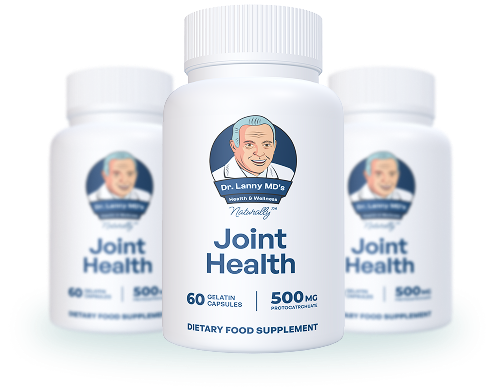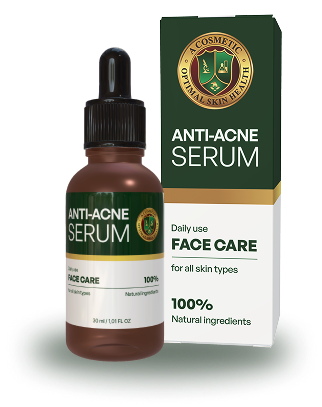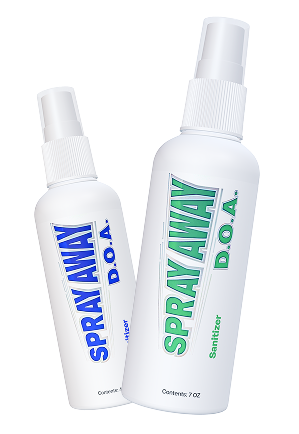Description
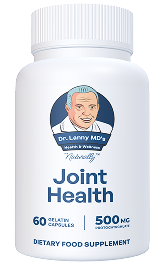
*Compared to over
the counter medication
|
Dual |
+ Controls |
+ Cartilage |
Side |
Patented |
Joint Health
|
None |
Similar Products
|
Potentially |
for Your Joint Health, Naturally.
Dr. Lanny discovered this amazing food supplement protocatechuic acid had a major beneficial effect on the function and the structure of a synovial joint. He first learned that it caused human joint lining to produce increased amounts of IGF-1 long known to benefit cartilage.
PCA increased cartilage nutrition in the living animal joint and stopped factors of inflammation. More importantly, it promoted the function of the joint lining to strengthen the articular cartilage and minimize the chance of further breakdown. The lubricin on the joint surface was increased in amount to make the joint move more easily.
Try Joint Health
Dr. Lanny Johnson: Advancing Health Through Science and Innovation
Cutting-edge supplements designed for immunity, vitality, and total wellness.
Dr. Lanny Johnson, a distinguished orthopedic surgeon and researcher, has dedicated over 40 years to advancing medical science. His groundbreaking work in sports medicine and arthroscopic surgery has paved the way for innovative treatments. Now, his research extends to the power of antioxidants, developing science-backed supplements designed to support immunity, vitality, and overall well-being.
Try Joint HealthHow It
Targeted support for stronger, healthier bones—backed by science.

Joint Function
PCA shown in laboratory animal studies to increase lubricin and increase cartilage integrity. They improve the function of the synovial joint; knee, shoulder, hip, elbow, and hands.

Joint Structure
PCA shown in animal studies to increase the Nutrition of the joint cartilage. PCA increases the lubricin that makes the joint move easier. PCA improves the integrity strength of the cartilage to avoid breakdown with increased matrix aggrecan and type II collagen. This improves the function of the synovial joint; knee, shoulder, hip, elbow, and hands.
FAQ’s
Frequently Asked Questions
Is PCA patented?
Yes, as a method for treating or reducing the severity of a joint injury or disease. Abundant evidence supported the various claims showing its effect to have prophylactic and therapeutic on surgically created arthritis in the experimental animal. US patent # 11,980,635 B.
Is PCA effective?
Yes, in many lives. Unlike other tissues, bone continually remodels and is replaced about every 10 years. There are many factors contributing to soft bones; age, inactivity, menopause, dietary deficiency.
Is PCA safe?
Yes, in many lives. Unlike other tissues, bone continually remodels and is replaced about every 10 years. There are many factors contributing to soft bones; age, inactivity, menopause, dietary deficiency.
What type of joint injury or disease would there be the most benefit?
Yes, in many lives. Unlike other tissues, bone continually remodels and is replaced about every 10 years. There are many factors contributing to soft bones; age, inactivity, menopause, dietary deficiency.
How long before I might see a benefit?
Yes, in many lives. Unlike other tissues, bone continually remodels and is replaced about every 10 years. There are many factors contributing to soft bones; age, inactivity, menopause, dietary deficiency.
How will I know it helped the cartilage?
Yes, in many lives. Unlike other tissues, bone continually remodels and is replaced about every 10 years. There are many factors contributing to soft bones; age, inactivity, menopause, dietary deficiency.
Why do we say #NothingLikeIt ?
Yes, in many lives. Unlike other tissues, bone continually remodels and is replaced about every 10 years. There are many factors contributing to soft bones; age, inactivity, menopause, dietary deficiency.
Will it relieve my pain?
Yes, in many lives. Unlike other tissues, bone continually remodels and is replaced about every 10 years. There are many factors contributing to soft bones; age, inactivity, menopause, dietary deficiency.
What is the basis or foundation for the statements made on this website?
Yes, in many lives. Unlike other tissues, bone continually remodels and is replaced about every 10 years. There are many factors contributing to soft bones; age, inactivity, menopause, dietary deficiency.


